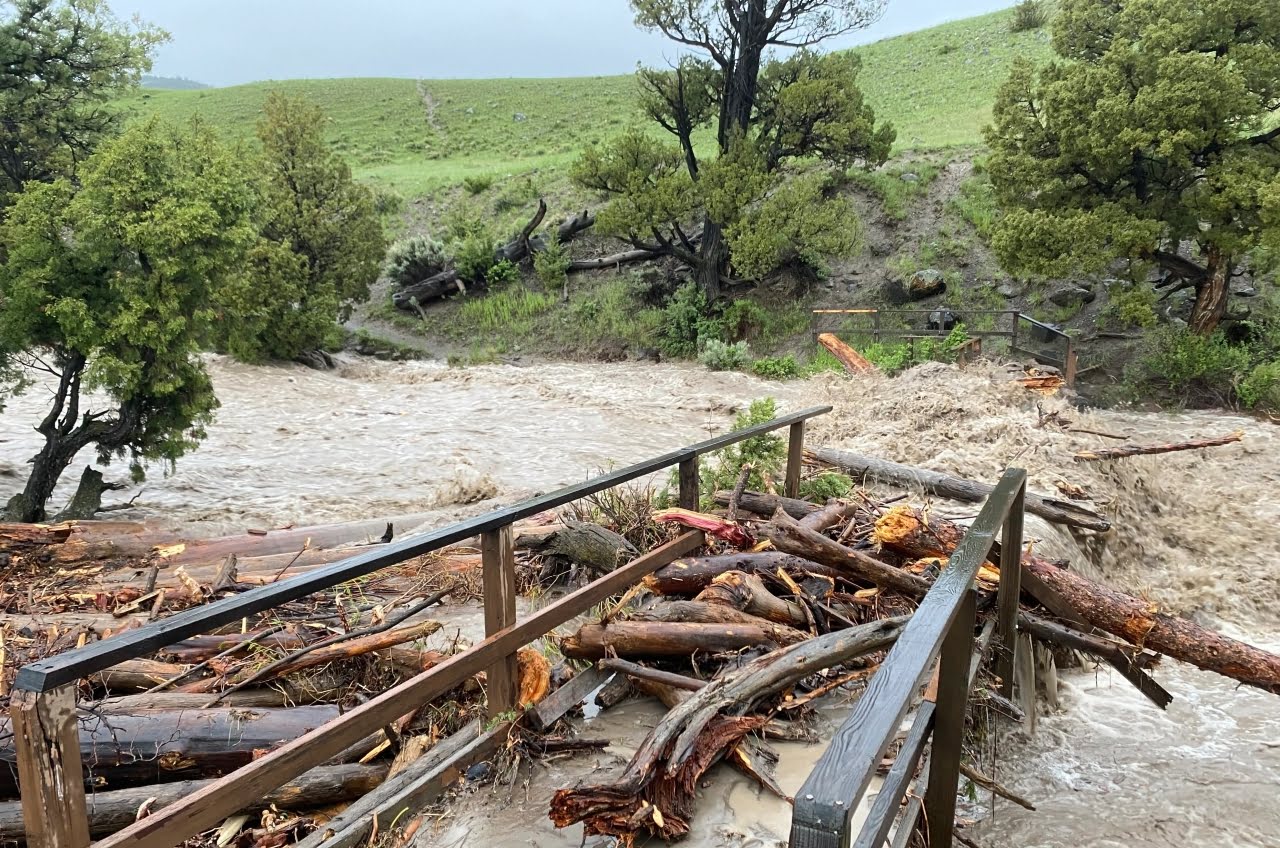Hidden Signs Of Climate Change In America’s National Parks

Have you ever noticed how America's national parks seem different each time you visit? These changes are not just in your head. Climate change is leaving its mark on these natural wonders. From melting glaciers in Glacier National Park to shifting animal habitats in Yellowstone, the signs are everywhere. Even the famous Joshua trees in Joshua Tree National Park face threats from rising temperatures. By understanding these hidden signs, we can better appreciate the delicate balance of nature and the urgent need to protect it. Next time you visit, look closer. The parks are telling us something important.
Hidden Signs of Climate Change in America's National Parks
America's national parks are some of the most beautiful places on Earth. However, they are also showing signs of climate change. These changes are often subtle but significant. Let's explore some of these hidden signs.
Melting Glaciers in Glacier National Park
Glacier National Park in Montana is famous for its stunning glaciers. However, these glaciers are disappearing.
- Grinnell Glacier: Once a massive ice formation, Grinnell Glacier has shrunk dramatically over the past century. Scientists predict it could vanish within a few decades.
- Jackson Glacier: This glacier has also seen significant retreat. Visitors can observe the shrinking ice from various viewpoints in the park.
Rising Sea Levels in Everglades National Park
Everglades National Park in Florida is a unique ecosystem of wetlands and mangroves. Rising sea levels are threatening this delicate balance.
- Saltwater Intrusion: Increased sea levels are pushing saltwater into freshwater areas, affecting plant and animal life.
- Disappearing Mangroves: Mangrove forests, crucial for protecting coastlines, are being eroded by higher tides and stronger storms.
Shifting Wildlife Patterns in Yellowstone National Park
Yellowstone National Park is known for its diverse wildlife. Climate change is altering the behavior and distribution of these animals.
- Bison Migration: Warmer temperatures are causing bison to migrate earlier in the year, disrupting their natural patterns.
- Grizzly Bears: These bears are emerging from hibernation earlier due to milder winters, affecting their food sources and survival rates.
Coral Bleaching in Biscayne National Park
Biscayne National Park in Florida is home to vibrant coral reefs. Rising ocean temperatures are causing coral bleaching, a serious threat to marine life.
- Elkhorn Coral: Once abundant, Elkhorn Coral is now struggling to survive due to increased water temperatures.
- Staghorn Coral: Similar to Elkhorn, Staghorn Coral is also experiencing significant bleaching, leading to a decline in reef health.
Forest Fires in Yosemite National Park
Yosemite National Park in California is renowned for its giant sequoias and scenic vistas. However, climate change is increasing the frequency and intensity of forest fires.
- Mariposa Grove: This area, home to ancient sequoias, has seen more frequent fires, threatening these majestic trees.
- Yosemite Valley: Rising temperatures and prolonged droughts are making the valley more susceptible to wildfires, impacting both the landscape and wildlife.
Drought in Arches National Park
Arches National Park in Utah is famous for its stunning rock formations. However, prolonged droughts are affecting the park's ecosystem.
- Delicate Arch: This iconic arch is surrounded by vegetation that is struggling to survive due to lack of water.
- Desert Wildlife: Animals like the desert bighorn sheep are finding it harder to find water sources, impacting their survival.
Thawing Permafrost in Denali National Park
Denali National Park in Alaska is experiencing thawing permafrost, which has significant implications for the landscape and wildlife.
- Road Instability: Thawing permafrost is causing roads to become unstable, making travel within the park more difficult.
- Vegetation Changes: As the ground thaws, new plant species are moving in, altering the natural habitat for many animals.
Changing Plant Life in Great Smoky Mountains National Park
Great Smoky Mountains National Park, straddling North Carolina and Tennessee, is seeing shifts in plant life due to changing temperatures and precipitation patterns.
- Hemlock Trees: These trees are dying off due to increased temperatures and pest infestations.
- Wildflowers: The timing of wildflower blooms is shifting, affecting the park's famous springtime displays.
Shrinking Snowpack in Rocky Mountain National Park
Rocky Mountain National Park in Colorado relies on snowpack for its water supply. Climate change is causing this snowpack to shrink.
- Alpine Meadows: Reduced snowpack is leading to drier conditions in alpine meadows, affecting plant and animal life.
- Water Sources: Streams and rivers fed by snowmelt are seeing lower water levels, impacting fish and other aquatic species.
Protecting Our National Parks
America's national parks are showing hidden signs of climate change. Rising temperatures, melting glaciers, and shifting ecosystems are just a few examples. These changes affect not only the landscape but also the wildlife and plant species that call these parks home.
Visitors can see these impacts firsthand, from receding glaciers in Glacier National Park to the altered migration patterns of birds in Yellowstone. It's crucial to recognize these signs and take action to protect these natural treasures. Simple steps like reducing carbon footprints, supporting conservation efforts, and spreading awareness can make a difference.
By understanding and addressing the effects of climate change, we can help preserve the beauty and biodiversity of our national parks for future generations. Let's work together to ensure these stunning landscapes remain a source of inspiration and wonder for years to come.

